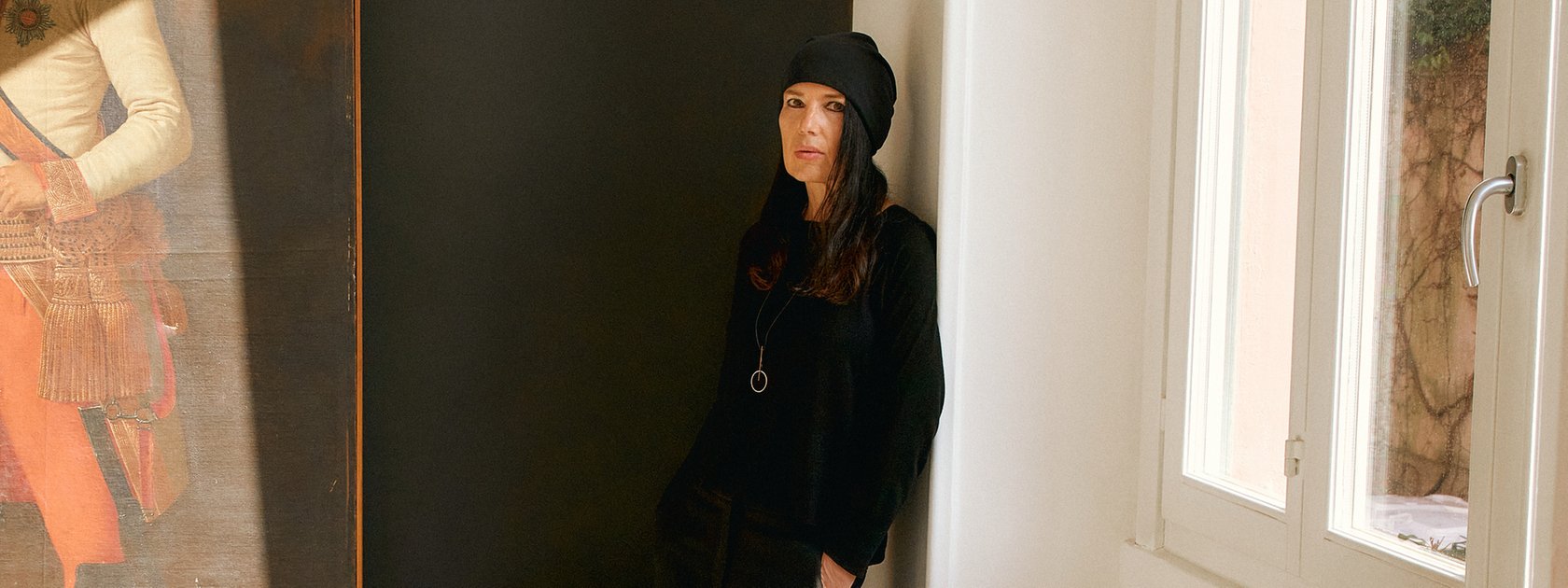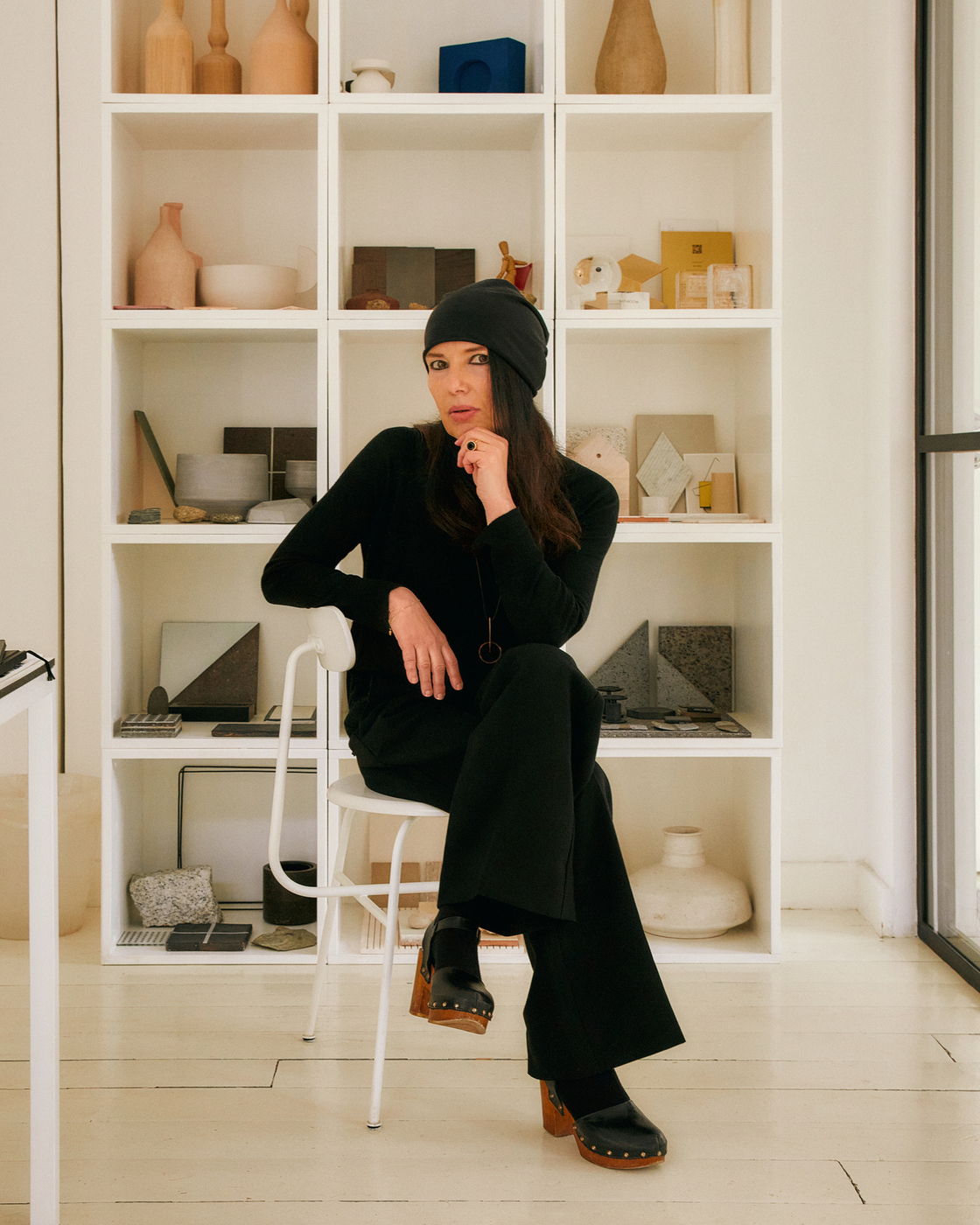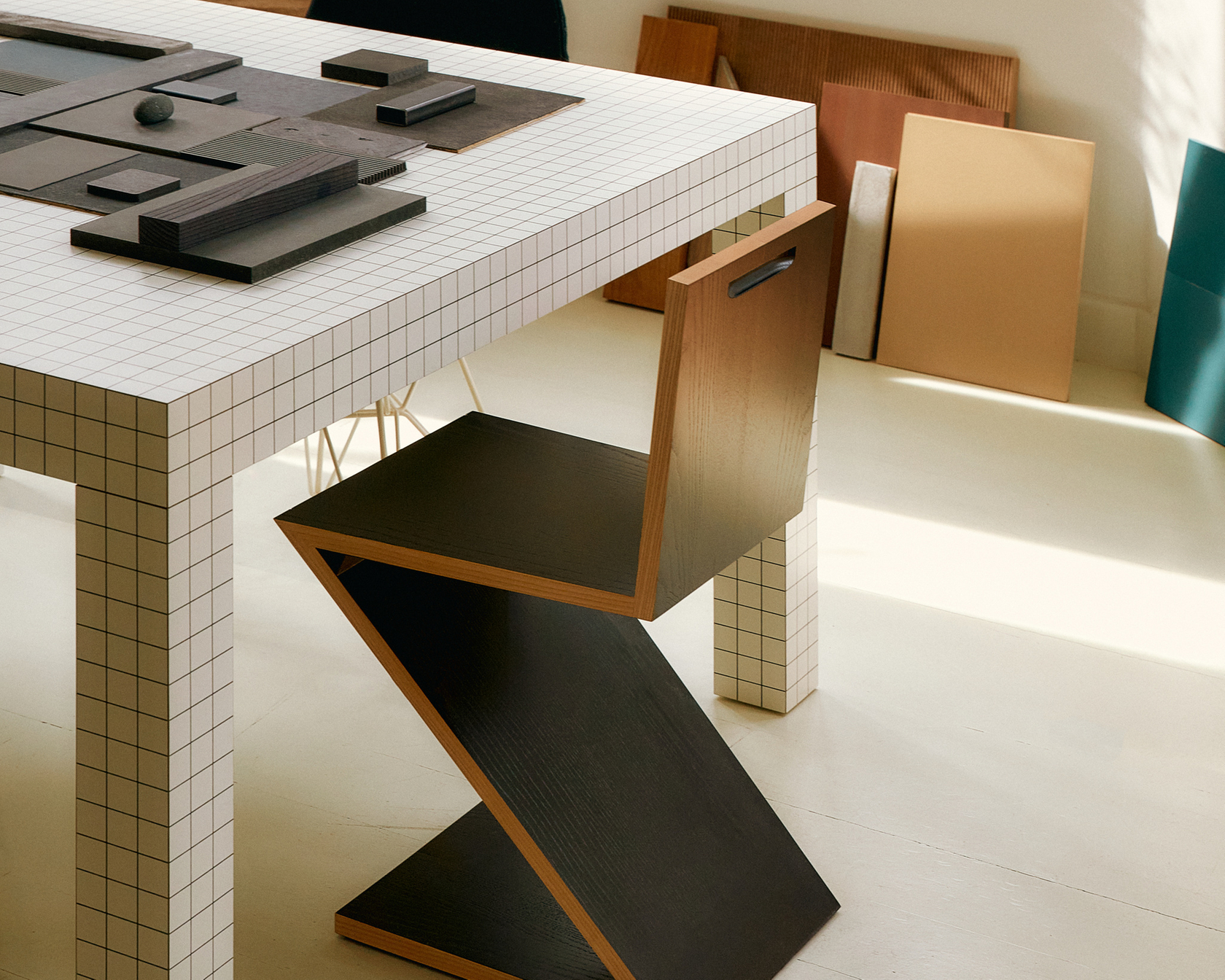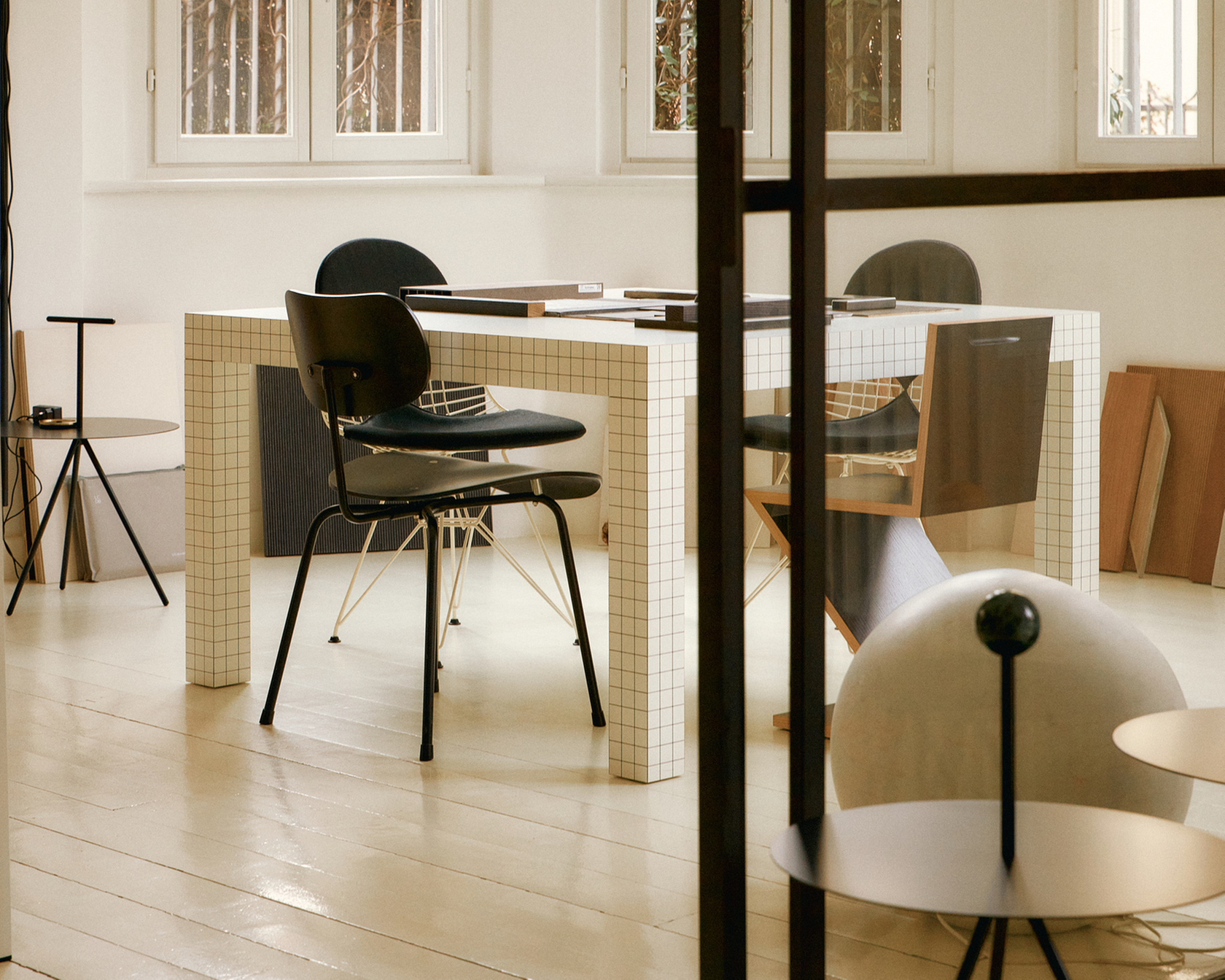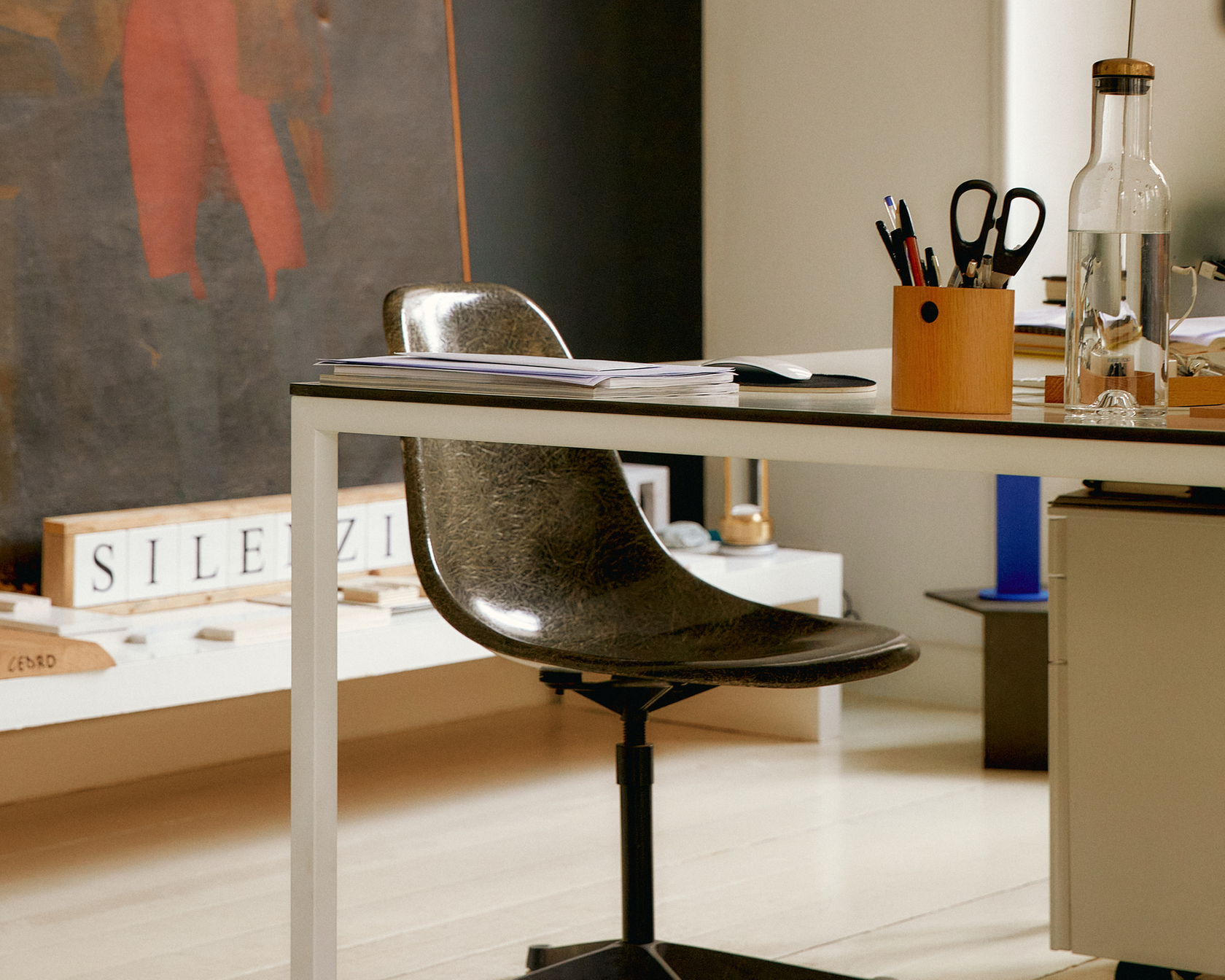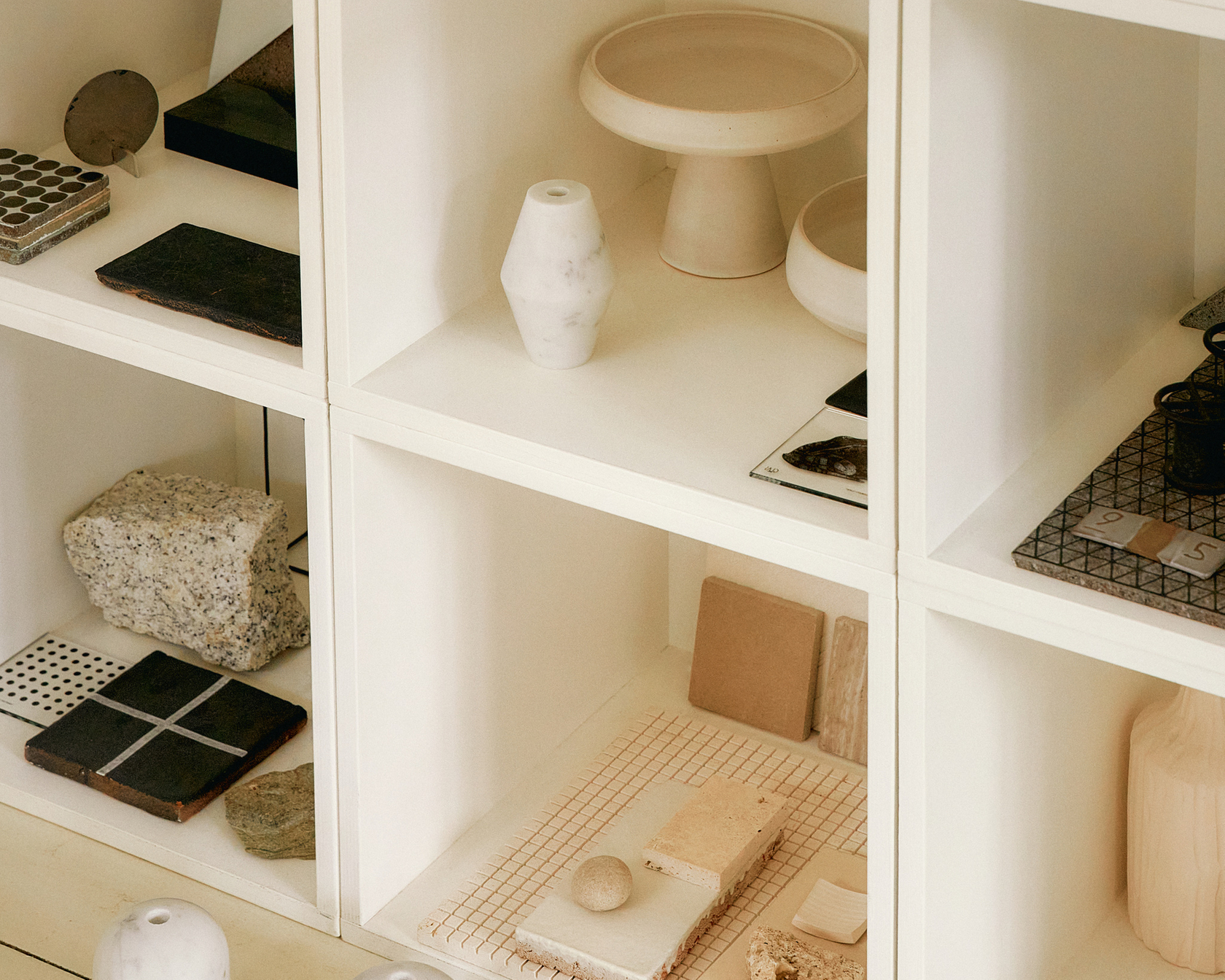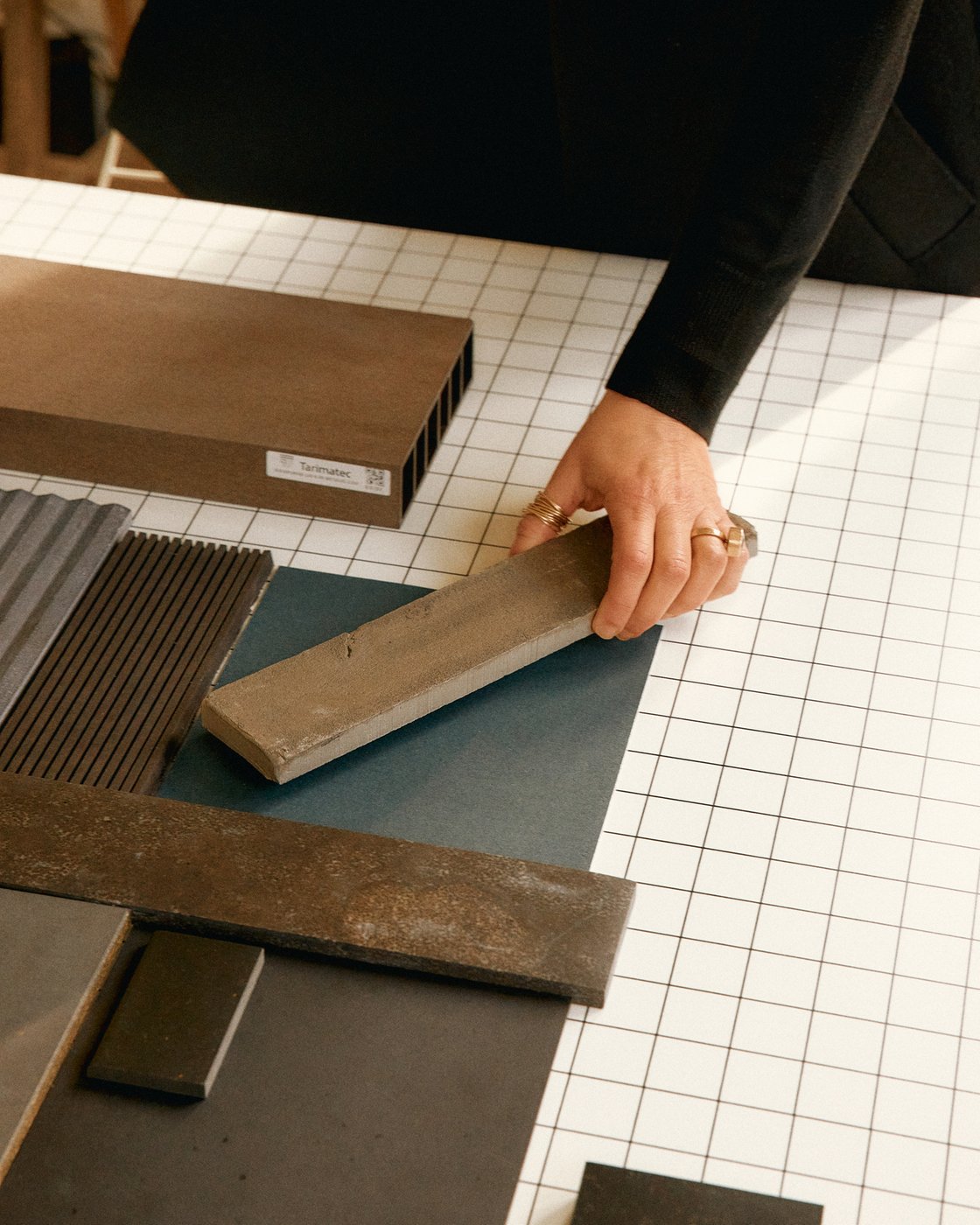When did your career begin?
I opened the studio in 2006, but started out long before then. Straight after graduating I worked in the Architecture Faculty of the Politecnico, in a multimedia lab where we carried out research and experimentation on how to communicate using different languages. The interesting thing is that we invited artists, philosophers, personalities from the literary world… this multidisciplinary approach was really formative, and I like to highlight it as the beginning of my career.
Did this influence your practice, too?
Absolutely. It influenced my practice in a big way. For instance, in my studio today there are designers who work on interior projects, people from fine art academies who work on the visual side, but also people who write, who have a humanities background. This multidisciplinary approach is extremely important to me, because I put a lot of work into the conceptual side of my projects, and their in-depth storytelling and communication is part and parcel of that process.
Do you have the same multidisciplinary approach to finding inspiration?
Yes. One of my main sources of inspiration is art, which is a world that I’m especially fond of. But I believe that to do this job it’s fundamental that you pay great attention to everything around you, to all the elements that make up the times we’re living in. Reading a book, going to a gig to see how music is evolving, seeing exhibitions and theatre shows. These are all signs that give you a vision, a cultural baggage that then translates into your projects in a very instinctive way.
Have you come across anything recently that resonated?
A book that I just started reading, called Inclusions: Aesthetics of the Capitalocene by Nicolas Bourriaud [2022, ed.]. It talks about the importance of art in contemporary society, arguing that in the future, we will increasingly need figures belonging to different worlds with visions that converge into the construction of possible scenarios. Up to now, we’ve been reasoning a bit too much based on watertight compartments, with specialisations that have prevented us from having an in-depth panorama of reality.
Perhaps because when languages become overly specialised, they rot…
Exactly, they become sterile, they self-replicate because there is no exchange, which is what brings cultural enrichment. It’s something I always try to do, on every project I work with a writer who can bring a certain intellectual content, an artist who can contribute through artwork, an expert in materials… not to mention the whole world of interactivity and digital technology. The world is increasingly complex and by creating a synergy between the different sectors of knowledge, you get far more interesting projects.
